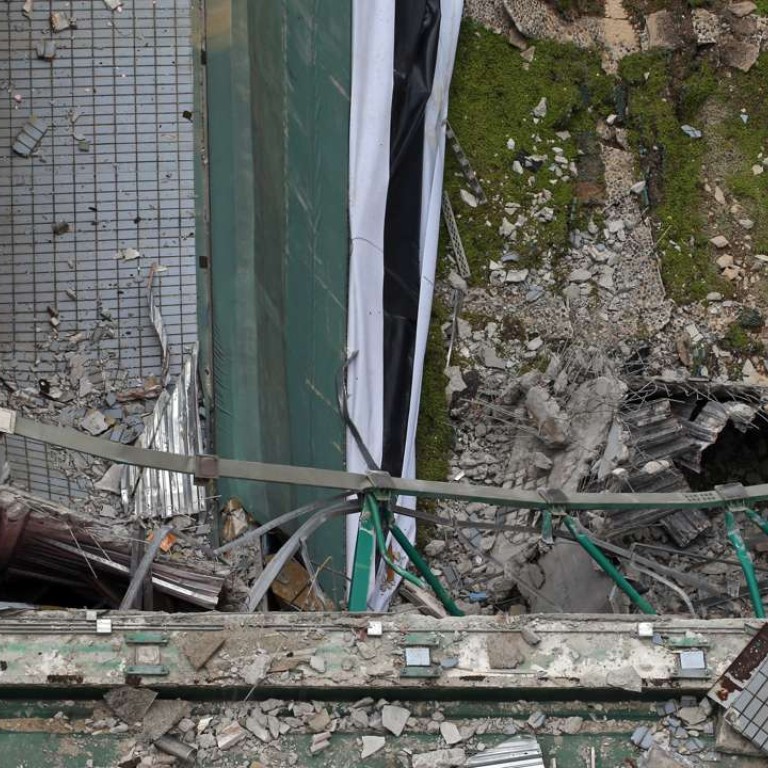
Stringent and uniform controls needed to ensure safety of green rooftops
Collapse at City University sports centre has revealed the ad hoc manner in which such structures are built and approved
In a rare accident that evokes images of disasters in third-world countries, a green rooftop at the City University’s sports centre collapsed last Friday. The scene does not square with Hong Kong’s image as an advanced city with high building safety standards. There seems to be a wider issue of compliance and monitoring. Given the prevalence of such greening features across the city, more stringent controls are needed to protect public safety.
It is sheer luck that only three people were slightly injured when the 1,400-square-metre structure came crashing down. Some students had already complained about falling building materials when taking the year-end exams in the centre earlier. The venue was to be used for athletic celebrations the day following the collapse. The outcome would have been unthinkable.
The university’s investigation led by an eight-member committee is the right response to the questions being asked. Who supervised the conversion of the decades-old structure into a vegetated rooftop? Did it involve structural alterations? And if so, why was it not submitted to the government for vetting?
Currently, works involving structural safety should be submitted to the Buildings Department for approval. But this is apparently left to professional judgment. In this case, the university was apparently satisfied with its contractor’s advice that an extra layer of vegetation on the rooftop did not alter the structure and therefore official approval was unnecessary. The collapse has proved it wrong.
The government has been promoting rooftop greening where practicable since 2001. While a consultancy commissioned by the Architectural Services Department in 2007 laid down guidelines for such features, awareness is another matter. The debate in the wake of the accident shows that the industry still has different interpretations about standards and compliance.
The accident has fuelled concerns about the structural soundness of such green features in other parts of the city. Many public and private premises have incorporated rooftop greening in the wake of the government’s initiative. While there is no reason to assume green rooftops elsewhere are potential death traps, a review of their structural safety makes sense. City University’s decision to remove other rooftop vegetations on its campus is a wise precautionary step.
When properly implemented, green rooftops can help save energy, reduce the heat island effect and beautify the cityscape. But there must be adequate supervision and compliance lest the features affect building structure and threaten public safety.

